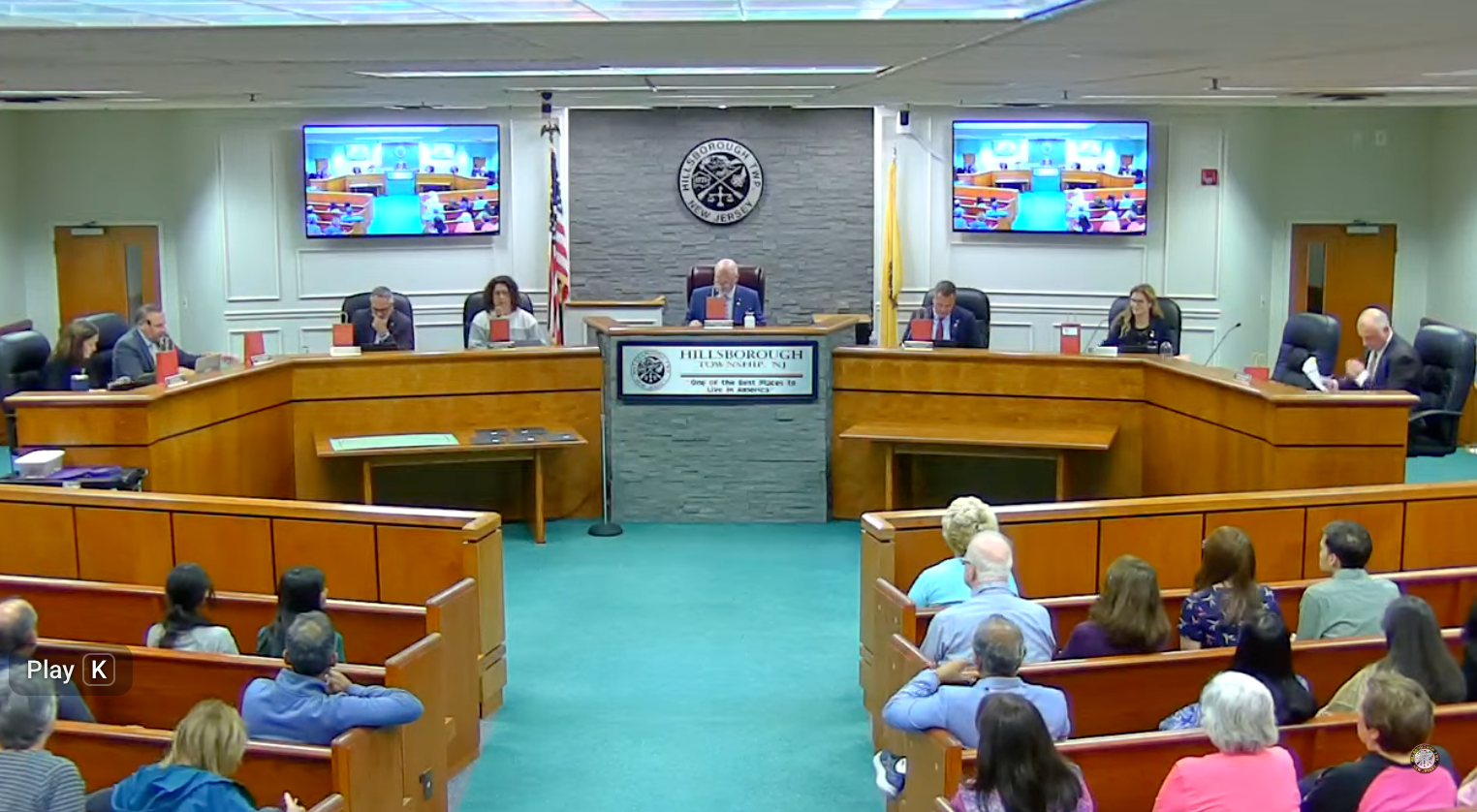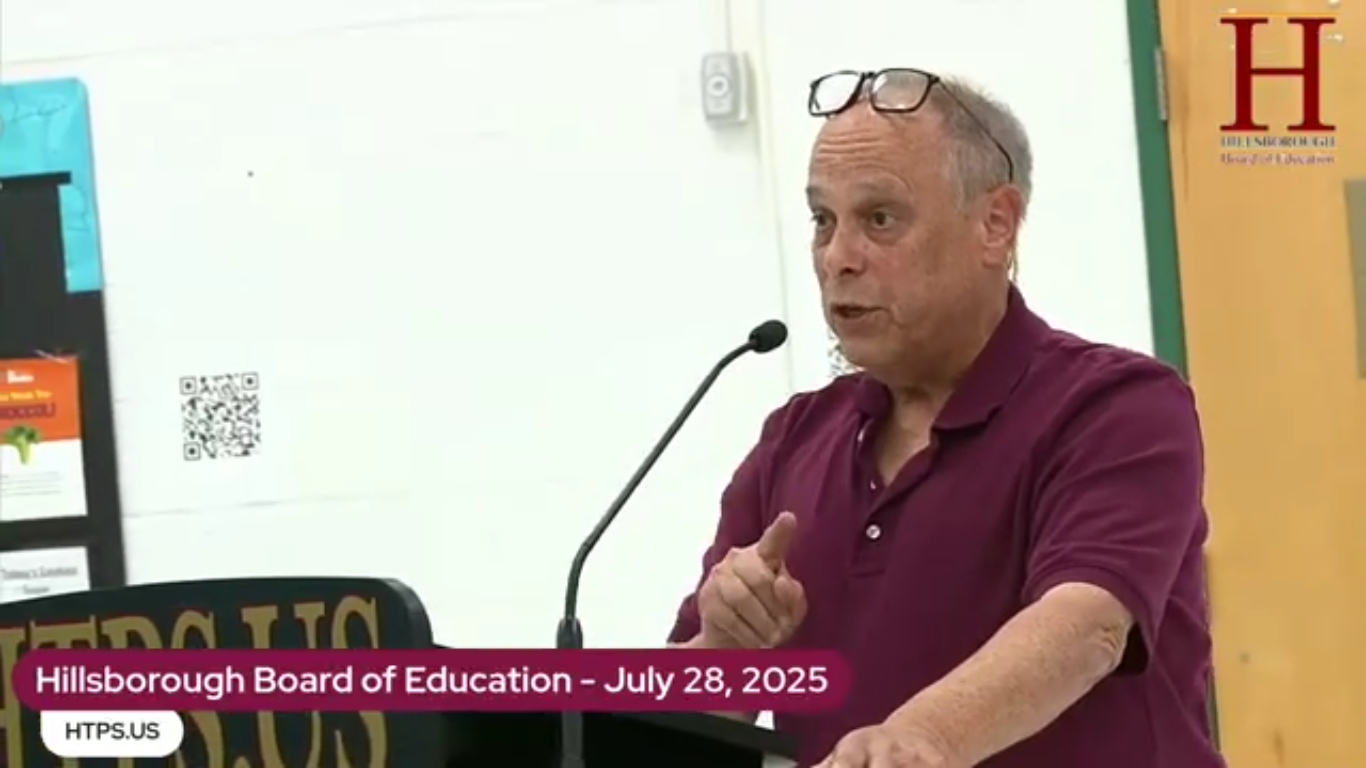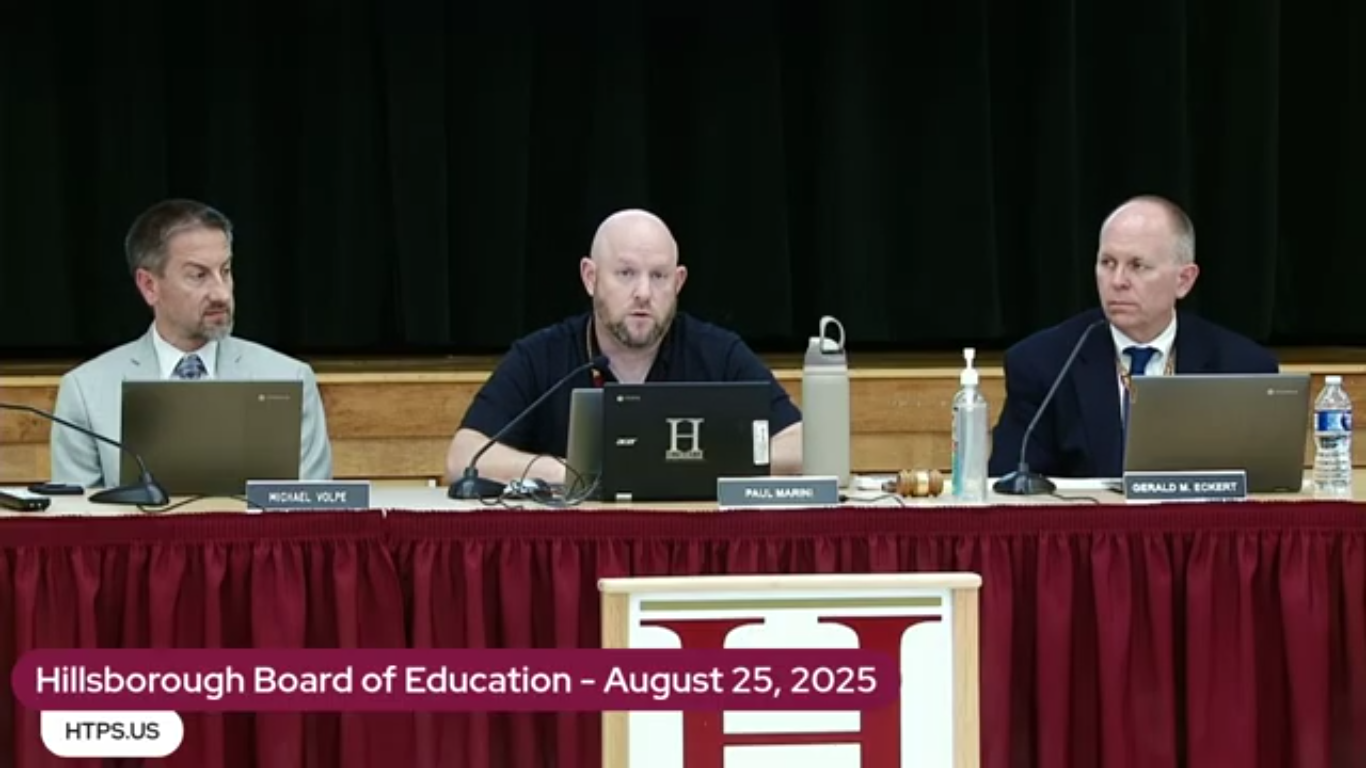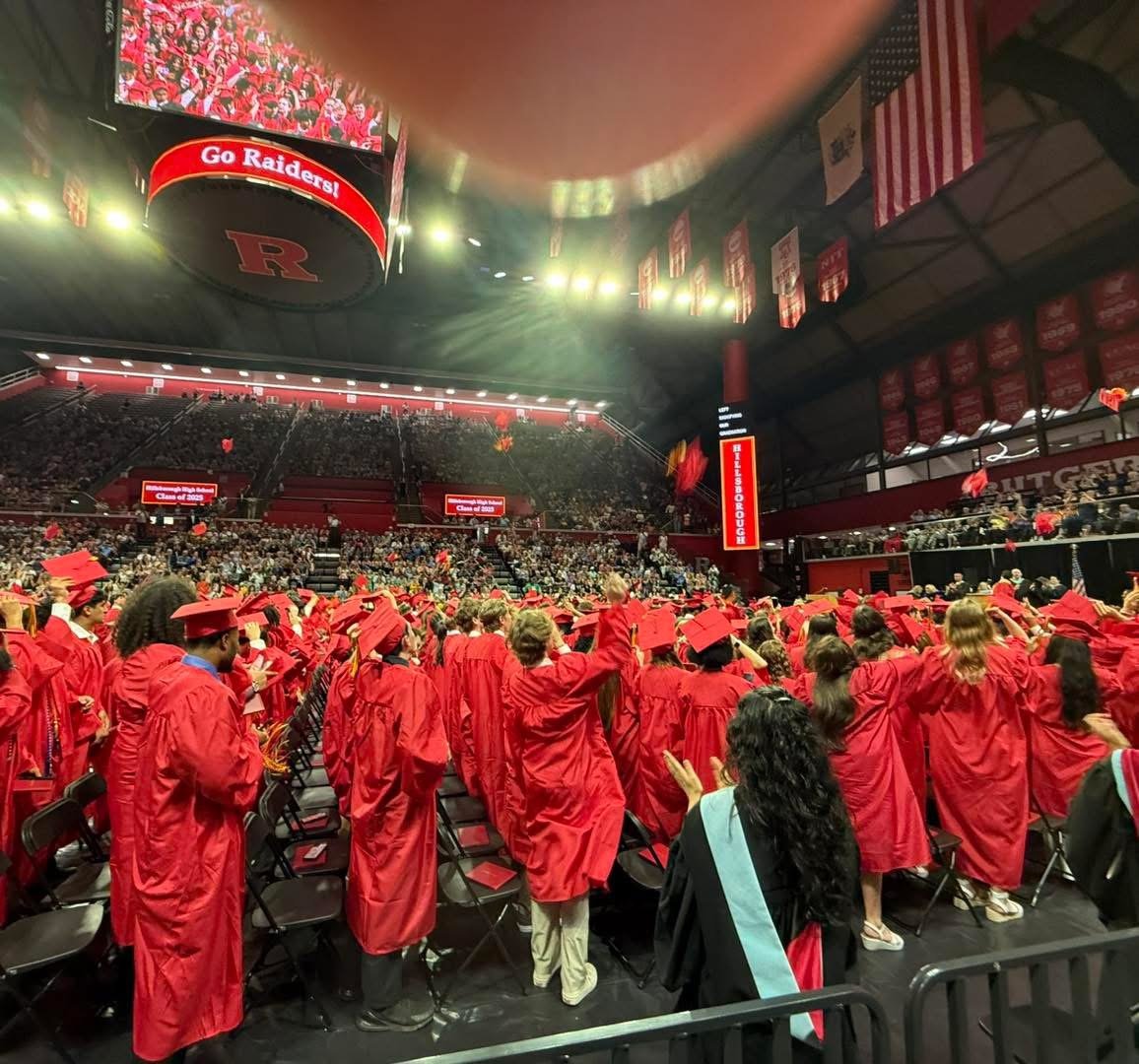Your Hillsborough Taxes, Explained (Finally): Part 2 - The Blame Game
INTRO
If Part 1 was the origin story, this is where the plot thickens. The courtroom conversations and funding formulas don’t live on paper. They appear in packed Board of Education meetings, tense Facebook threads, and a property tax line that keeps rising. Hillsborough citizens aren’t arguing about whether or not schools matter; they’re arguing about how to pay for what the law requires without blowing past a 2% cap or gutting programs the courts banned them from touching.
Here’s the bind: SFRA clearly says what an adequate education costs. The courts say core programs stay regardless of the circumstances, but the state doesn’t always fund its full share. And the 2% cap sits there like a speed bump you can’t drive around. So the BOE is pushed to raise more locally (sometimes to unlock incentive aid), while the Township Committee fields anger when the bill lands. Each points to the other, and residents are left asking the only question that seems to matter: who’s actually steering this thing?
Part 2 follows the money and the blame into the BOE meetings, the Township Committee’s statements, and the decisions that turned a statewide formula into a local debate. No legal battle, no scapegoats, just a clear look at how rules collide in real life. It’s no longer about lawyers in Trenton; it’s parents, teachers, and taxpayers crammed into BOE meetings. And yes, we’ll finally say what everyone’s been thinking: if everyone’s in charge, it can feel like no one is.
The 2% Squeeze in Action
Here’s the reality: New Jersey puts a hard 2% cap on how much a school district’s local tax levy can go up each year. This isn’t your individual bill, but rather the total amount the district can collect from all taxpayers. There are only a few carve-outs, so most of the everyday costs (salaries, transportation, special education services, utilities, etc.) have to fit inside that 2% box, even when prices rise faster than that.
Now drop the Abbott rulings and SFRA (see Part 1: The Abbott Effect) into that box. Abbott rulings say you can’t cut core programs kids rely on. SFRA says what a “thorough and efficient” education should cost and how much comes from the State vs. local taxes. But when the State doesn’t send its full SFRA share, the district has to cover more locally; the cap says “no more than 2%” in increases. That’s the paradox in one sentence. If the State sends less money than usual in one year, the district could increase its taxes by a larger percentage to make up what’s left. However, if they can only increase it by a certain amount while the State changes how much they fulfill each year, the system’s flaws shine through.
Hillsborough is a perfect example. To meet needs without slashing protected programs, the Board of Education has moved to raise the levy beyond the usual cap. This was partly to qualify for Tax Levy Incentive Aid (state dollars that kick in when the district voluntarily raises more locally). For 2024-25 and 2025-26, the BOE authorized up to a $22.9 million levy increase. If fully tapped, that amount would potentially earn Hillsborough up to $1.15 million in state incentive aid - a common rate of 5% matching.
The logic is simple, even if the math isn’t: raise more locally now → unlock extra state aid → avoid cutting programs the courts mandated.
Of course, that’s where the squeeze hits residents. The cap is supposed to keep year-to-year hikes predictable; the incentive-aid route makes locals shoulder more, so the State will help too. Supporters say it’s the only realistic way to fund what the law requires, as state aid falls short. Critics say it feels like paying twice: once through state taxes and again through a bigger local bill.
If you want a picture, it’s like being told to buy a family dinner with a $10 bill while the menu keeps getting more expensive. You’ve got three choices: come up with more cash (but you only have $10; 2% cap), skip entrees (but you must order an entree; Abbott rulings), or find a coupon that only works if you spend more than $10 first (paradox; incentive aid). That’s the 2% squeeze, and why the debate gets so loud, so fast in Hillsborough.
Board of Education vs. Township Committee
When the bill shows up, everyone has an opinion - and a convenient person to blame. Here’s how the talk goes:
Source: Hillsborough Board of Education | Link
The Board of Education says, “Look, the state underfunded the formula, and the courts won’t let us cut the programs kids need. We’re trying to do the responsible thing by proposing a budget that keeps services intact.”
The Township Committee says, “The Board is pushing huge spending increases and asking homeowners to pay more. That’s on them.”
Both messages get told to residents in the same way, which is why people leave meetings more confused than informed.
The BOE writes the school budget. It decides how many teachers to hire, what programs to fund, and whether to pursue a levy increase to chase state incentive aid. Those are local choices that residents may or may not get to vote on.
The Township Committee (and county tax officials) sets the actual tax rate that shows up on your bill and handles the municipal side of the ledger. They implement the levy and communicate what it means for homeowners. They don’t make the budgets or decide salaries, but the tax committee also restricts board members from discussing tax changes with residents at their meetings.
The state sets the results everyone is complaining about: SFRA decides how much is adequate, and the Legislature imposed the 2% levy cap that limits local flexibility. The state also controls how much aid it actually sends and whether incentive programs exist.
Source: Hillsborough Township Committee | Link
Put like that, it’s easy to see why both sides can claim they’re right: the BOE can say it’s reacting to state underfunding, and the Township Committee can say the BOE could prioritize differently by cutting unnecessary costs. Both statements are true in isolation, but both are misleading when left as the whole answer.
The problem is, residents rarely get this kind of straight breakdown at meetings. Public comment exists, but it’s a one-way street: officials can listen, not reply. That means the room fills with passionate questions and speeches, and then everyone goes home with the same frustration they walked in with.
Source: Hillsborough Board of Education | Link
That silence leaves plenty of space for politics to take over. When the BOE says “ask the Township Committee,” and the Township Committee says “ask the BOE,” residents are stuck in the middle, left piecing things together on unreliable social media threads and rumor mills. It’s not that answers don’t exist - they do, right here. It’s that the structure of the process makes them hard to pin down.
The bottom line: neither the BOE nor the Township Committee is a villain. They’re two different parts in a system designed and limited by Trenton and the courts. That’s not an excuse; it’s a map. Once residents see who actually controls what, the matches at meetings start to look less like chaos.
Residents Caught in the Middle
For residents, the problem isn’t a lack of passion; it’s a lack of clarity. People crowd into BOE meetings or scroll through Township Committee press releases hoping for answers, but what they usually hear is the same back-and-forth: “It’s their fault.” Public comment time feels more like venting into a microphone than a chance to solve anything, since officials can’t respond directly.
Source: Hillsborough Board of Education | Link
That leaves regular families trying to untangle legal formulas and state mandates on their own. Parents wonder if the programs their kids rely on will survive. Seniors on fixed incomes ask how long they can afford to stay in town. Homeowners scan their tax bill looking for a clear explanation that never seems to come. Instead, people turn to Facebook groups and neighborhood gossip, which only makes the confusion worse.
It’s not that residents don’t care - they do. It’s that the system makes them spectators in their own story, forced to choose sides when both sides are technically right but practically incomplete.
Why This Conversation Matters
This isn’t just about spreadsheets or formulas. It’s about trust. When residents don’t know who’s responsible for what, they stop believing that anyone is. That erodes confidence in local government and schools alike, even when both are trying to do their jobs within limits set by Trenton and the courts.
It also matters because the stakes are huge: programs kids depend on, the affordability of staying in town, and whether the community can keep both quality schools and reasonable taxes. These aren’t abstract policy debates - they show up in class sizes, after-school activities, property values, and monthly budgets.
Most importantly, the Hillsborough debate isn’t unique. Towns across New Jersey are wrestling with the same collision of state rules, local budgets, and rising costs. But in Hillsborough, the silence between officials and residents has turned confusion into outright frustration.
That’s why it's worth breaking down: not to declare winners or losers, but to show that the discussion isn’t random or petty. It’s the product of a system that makes blame easy and clarity rare.








